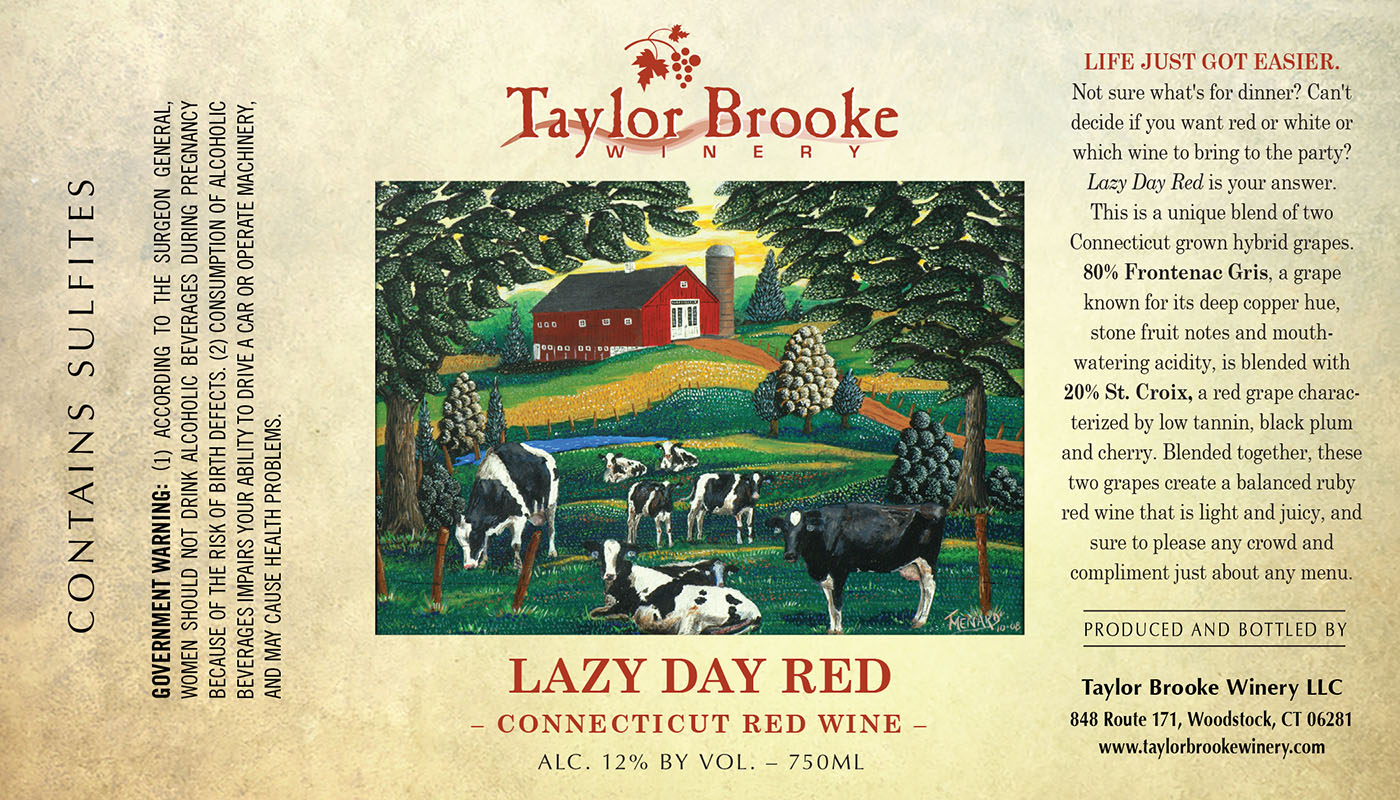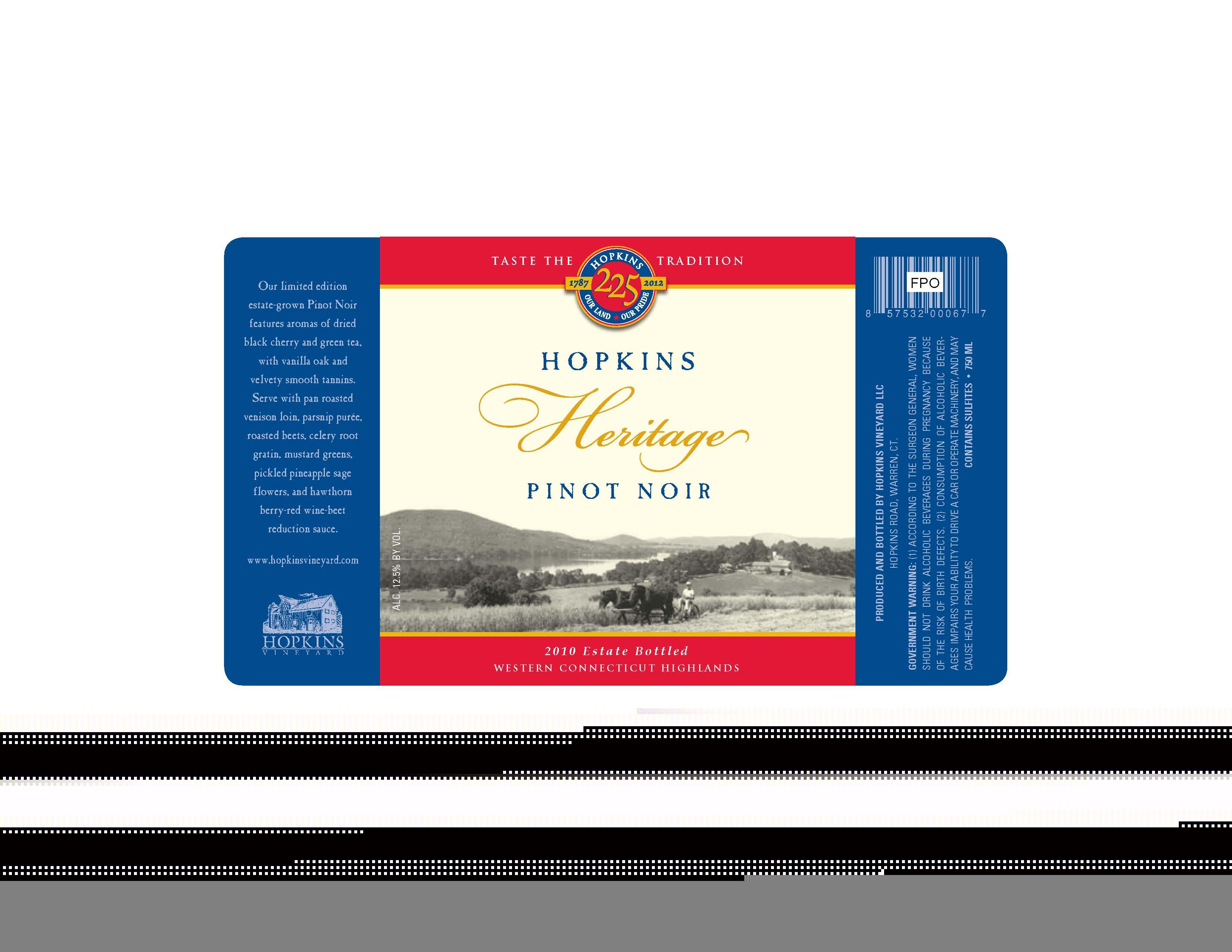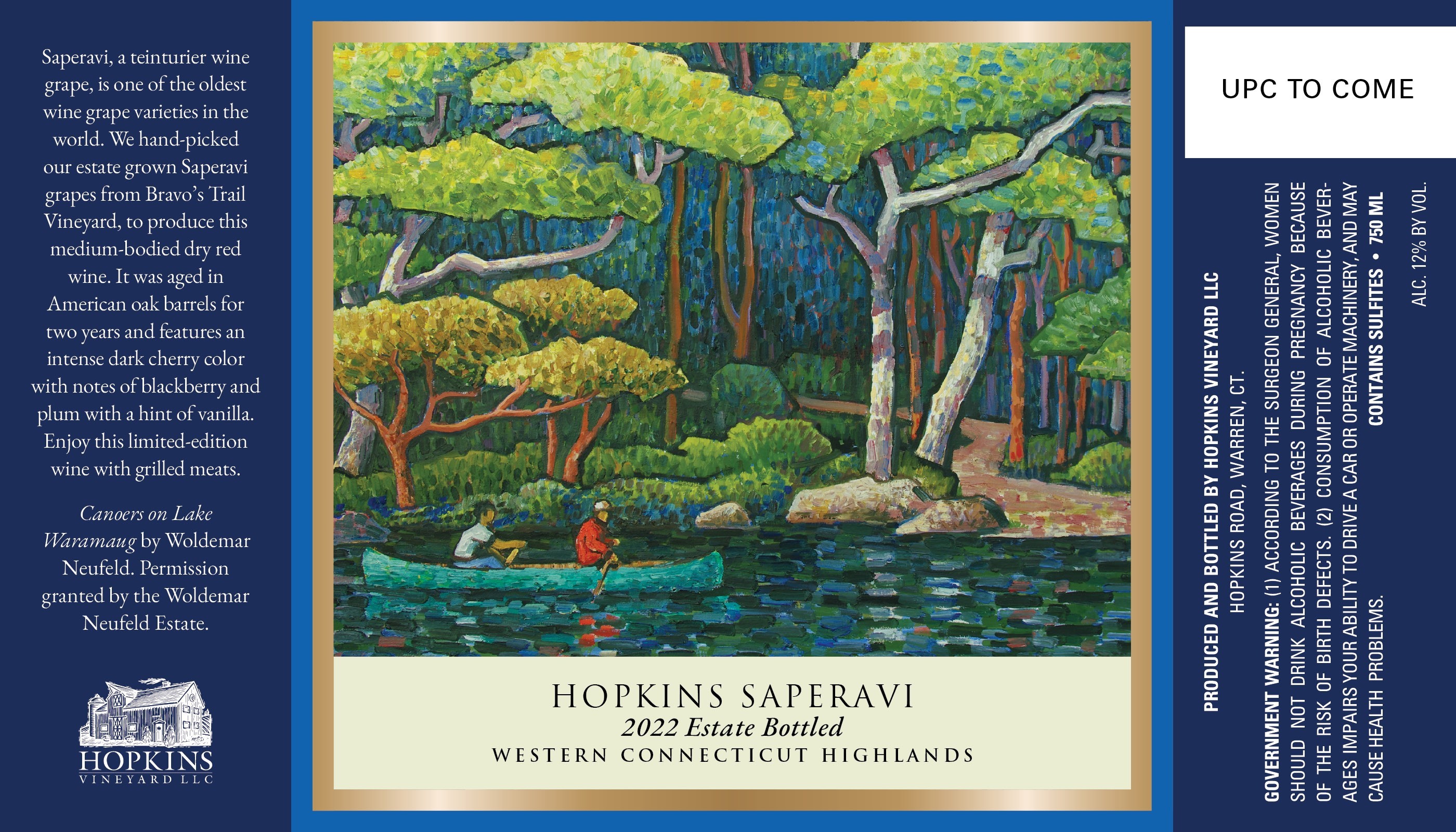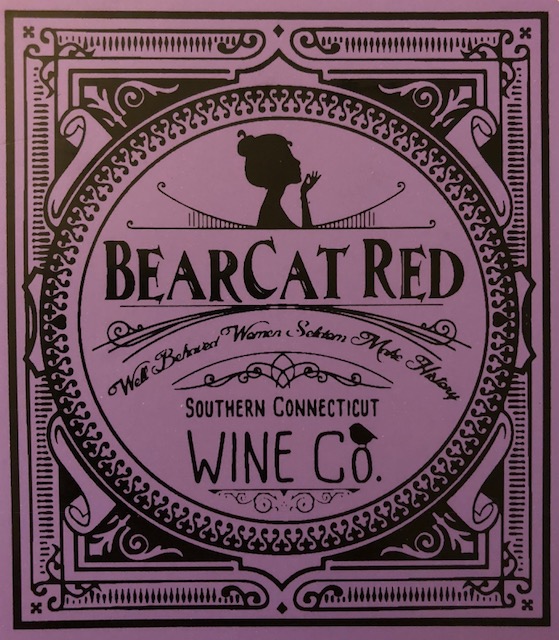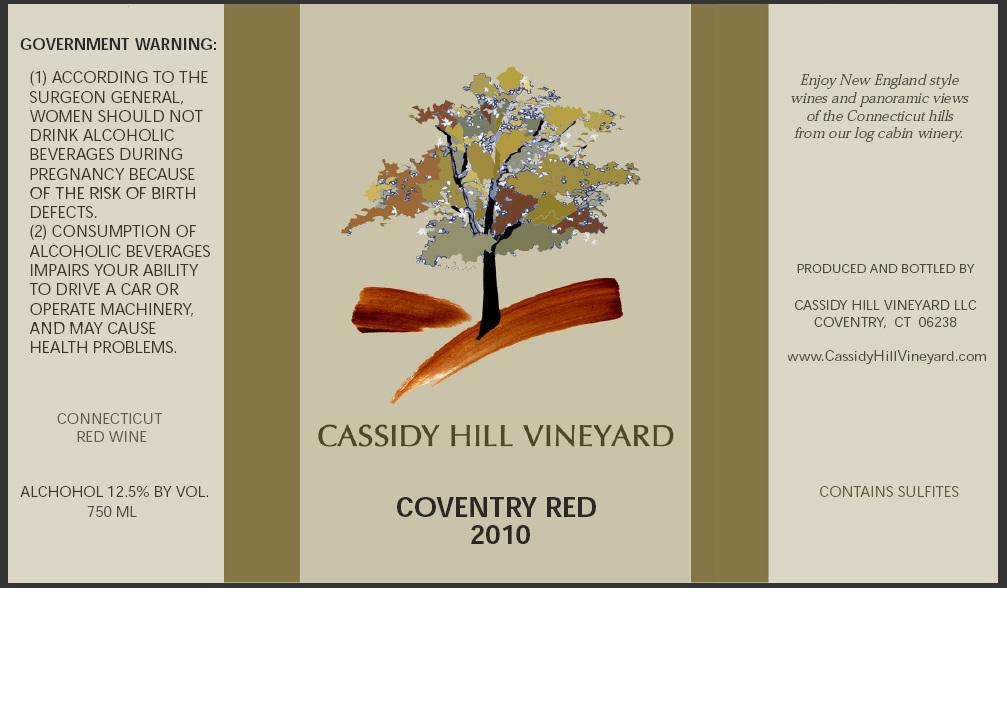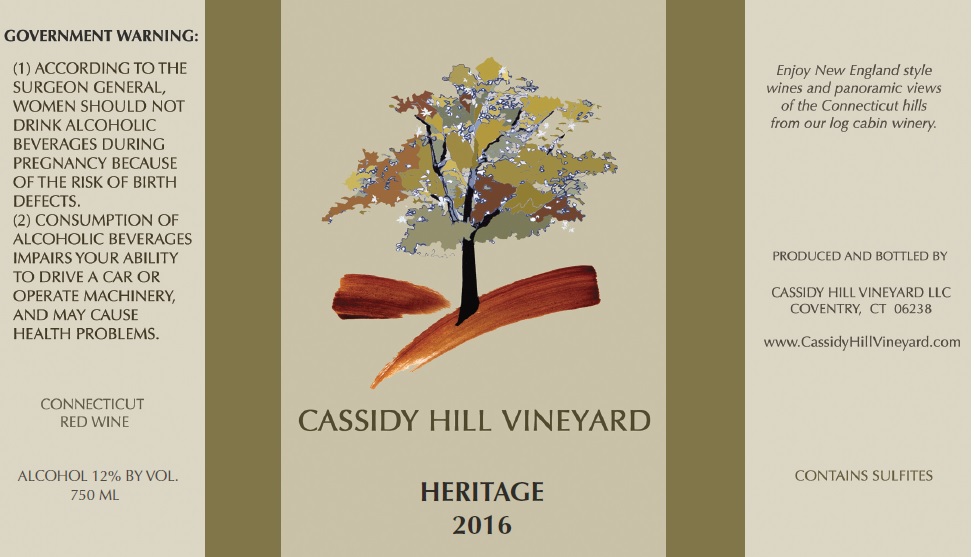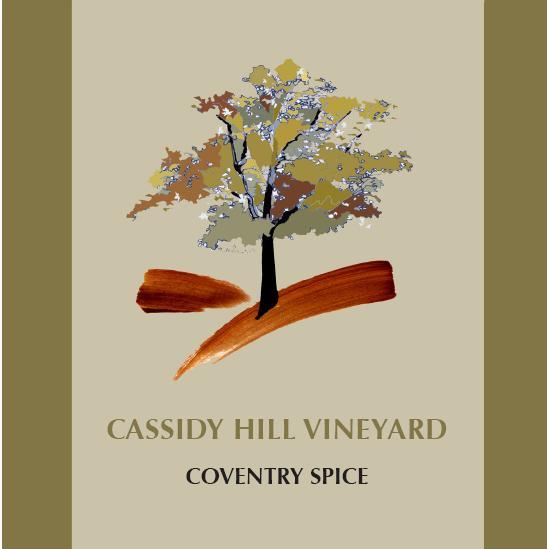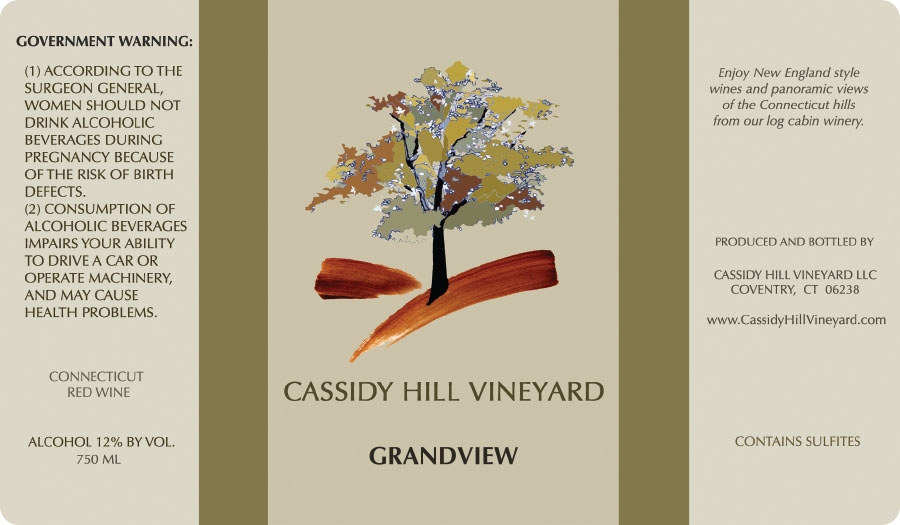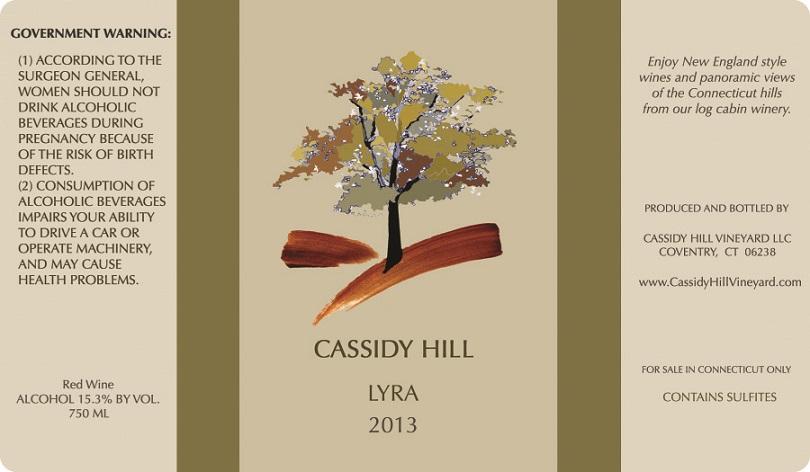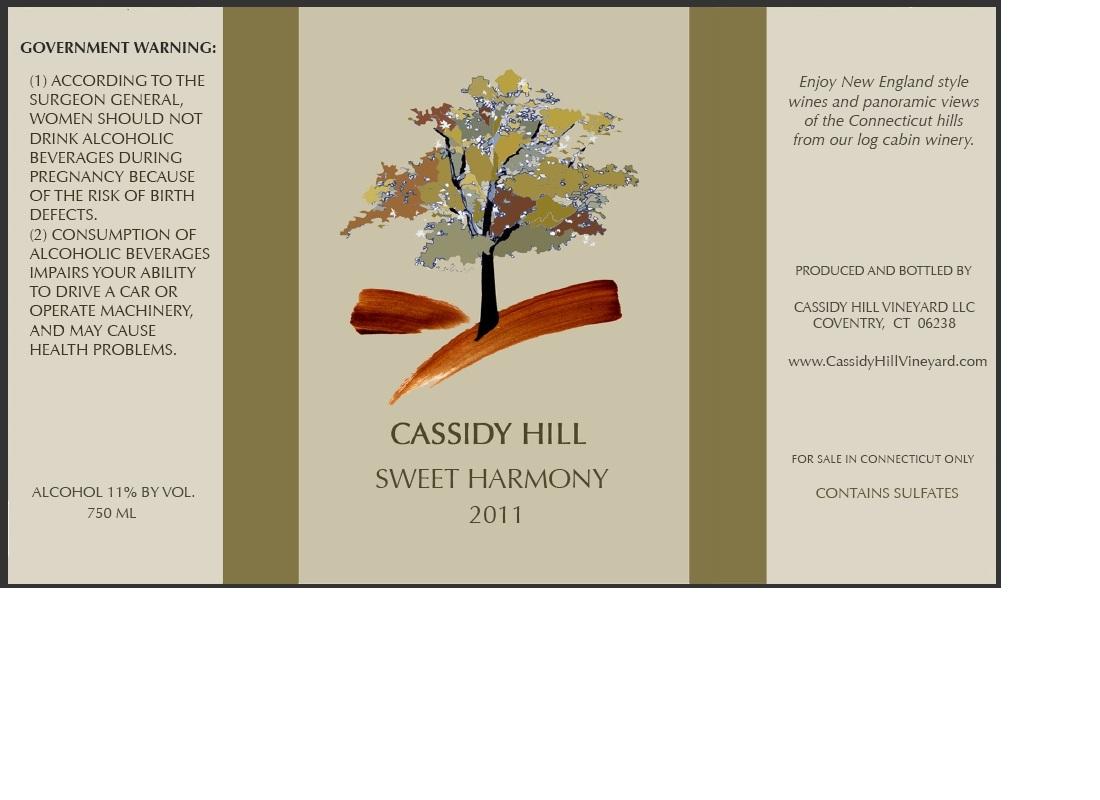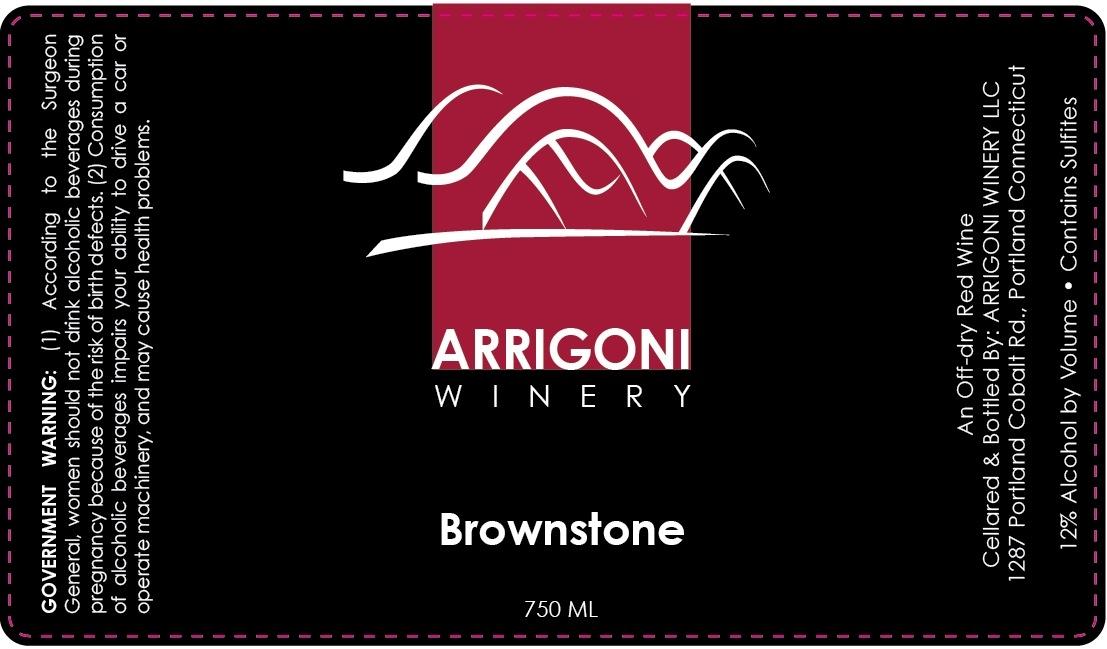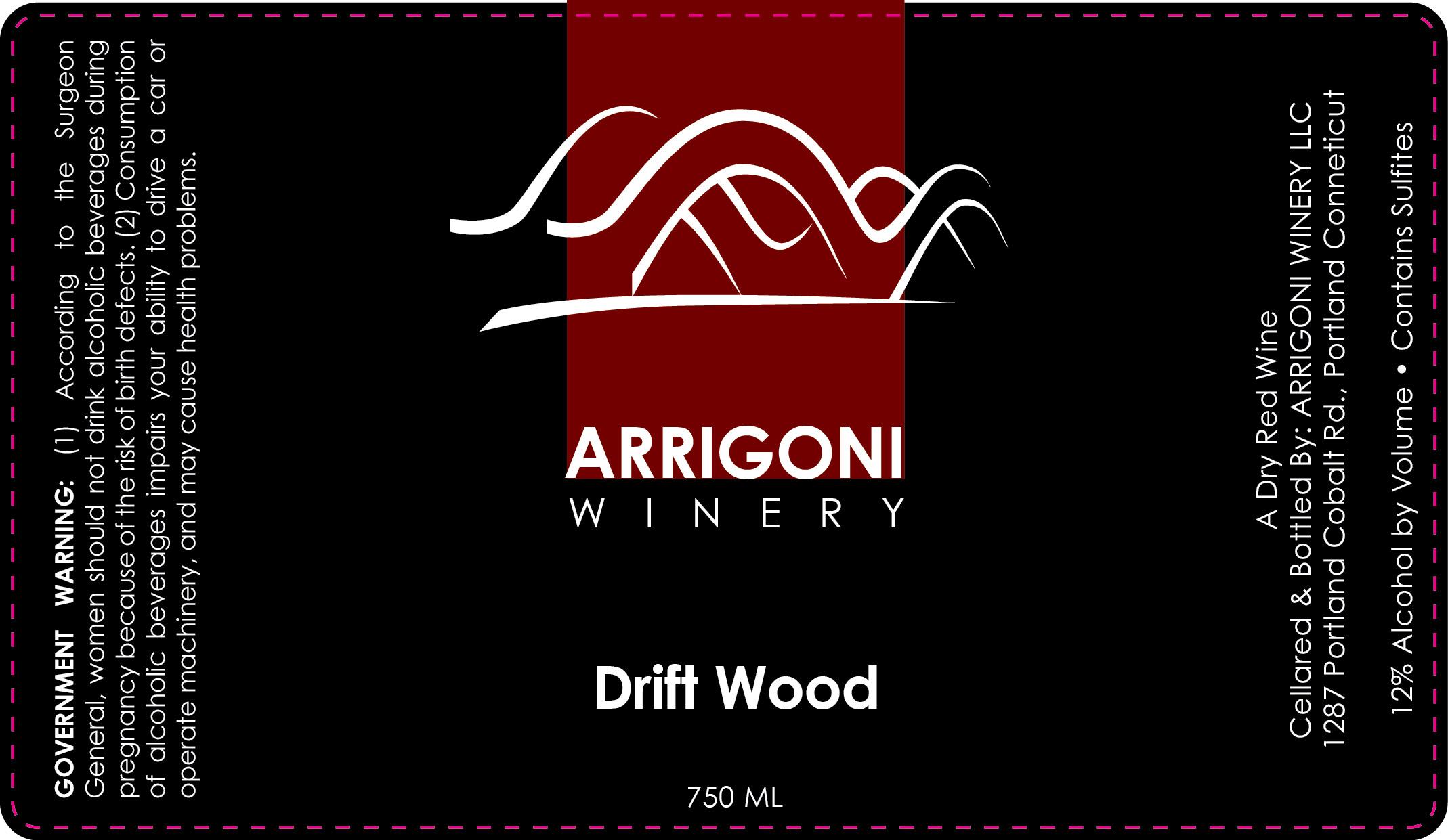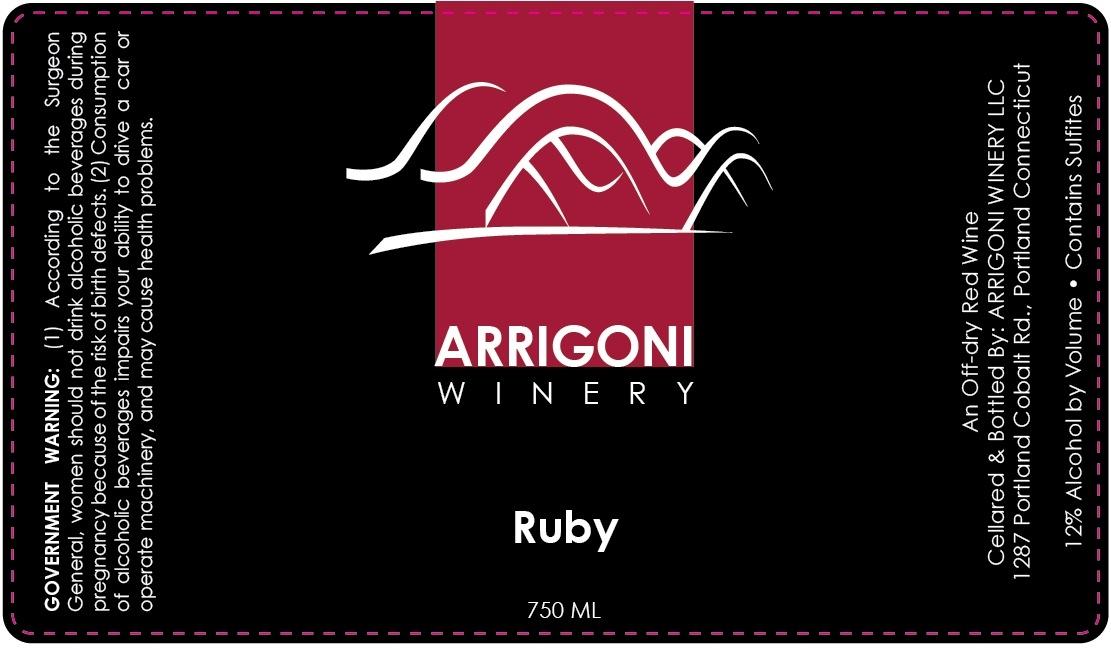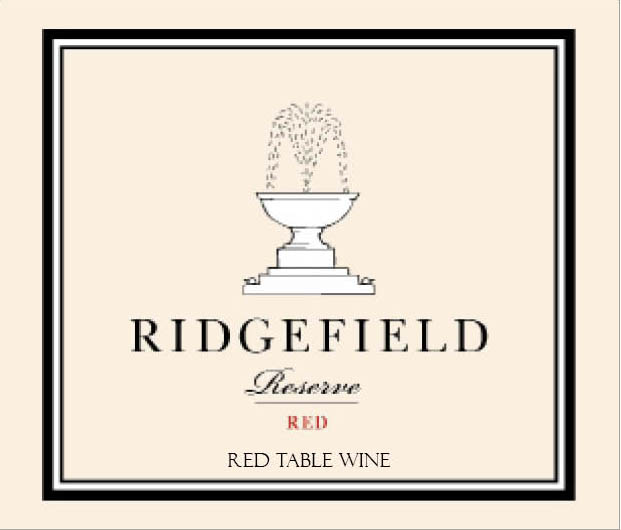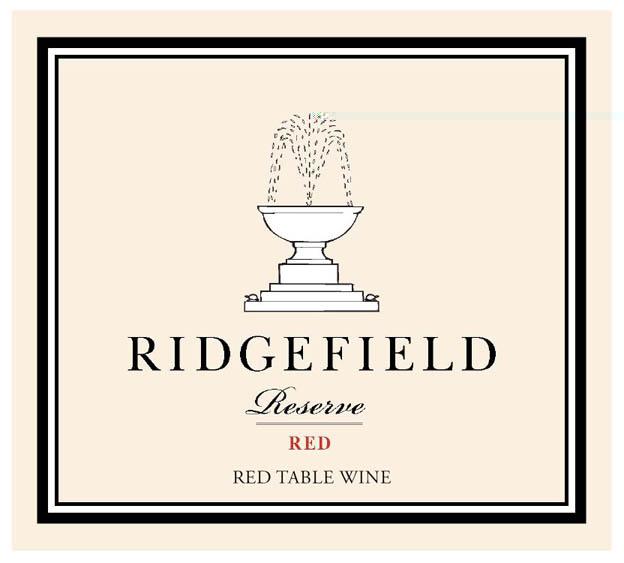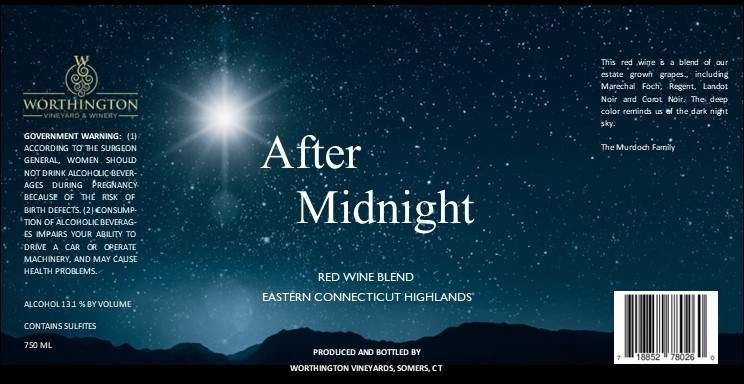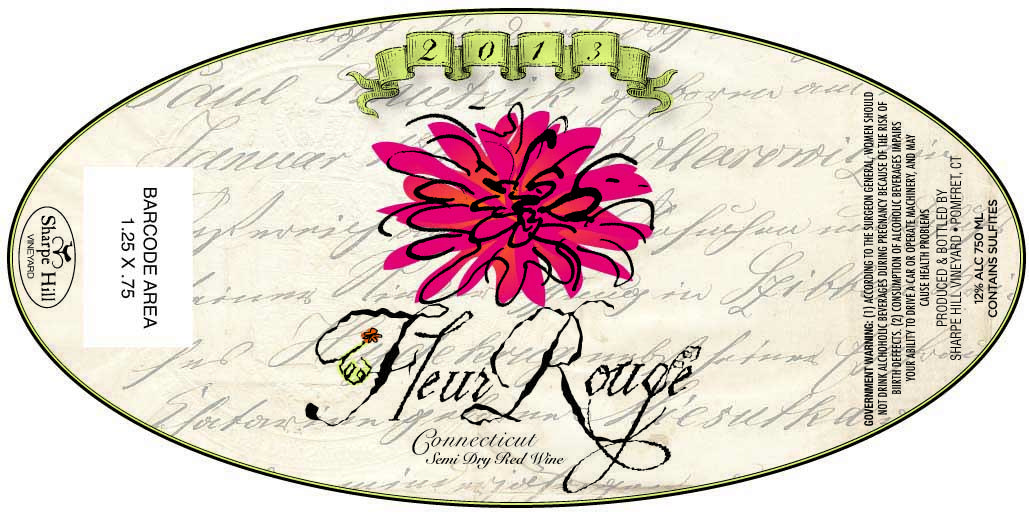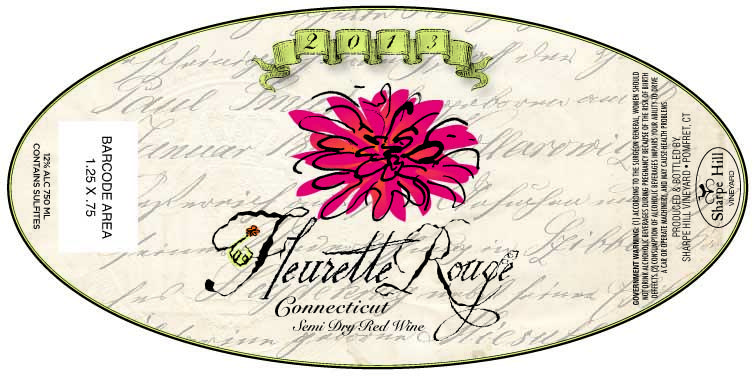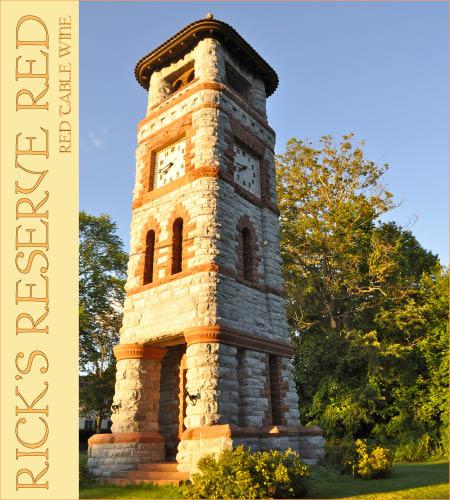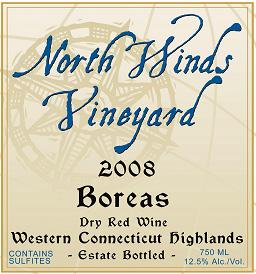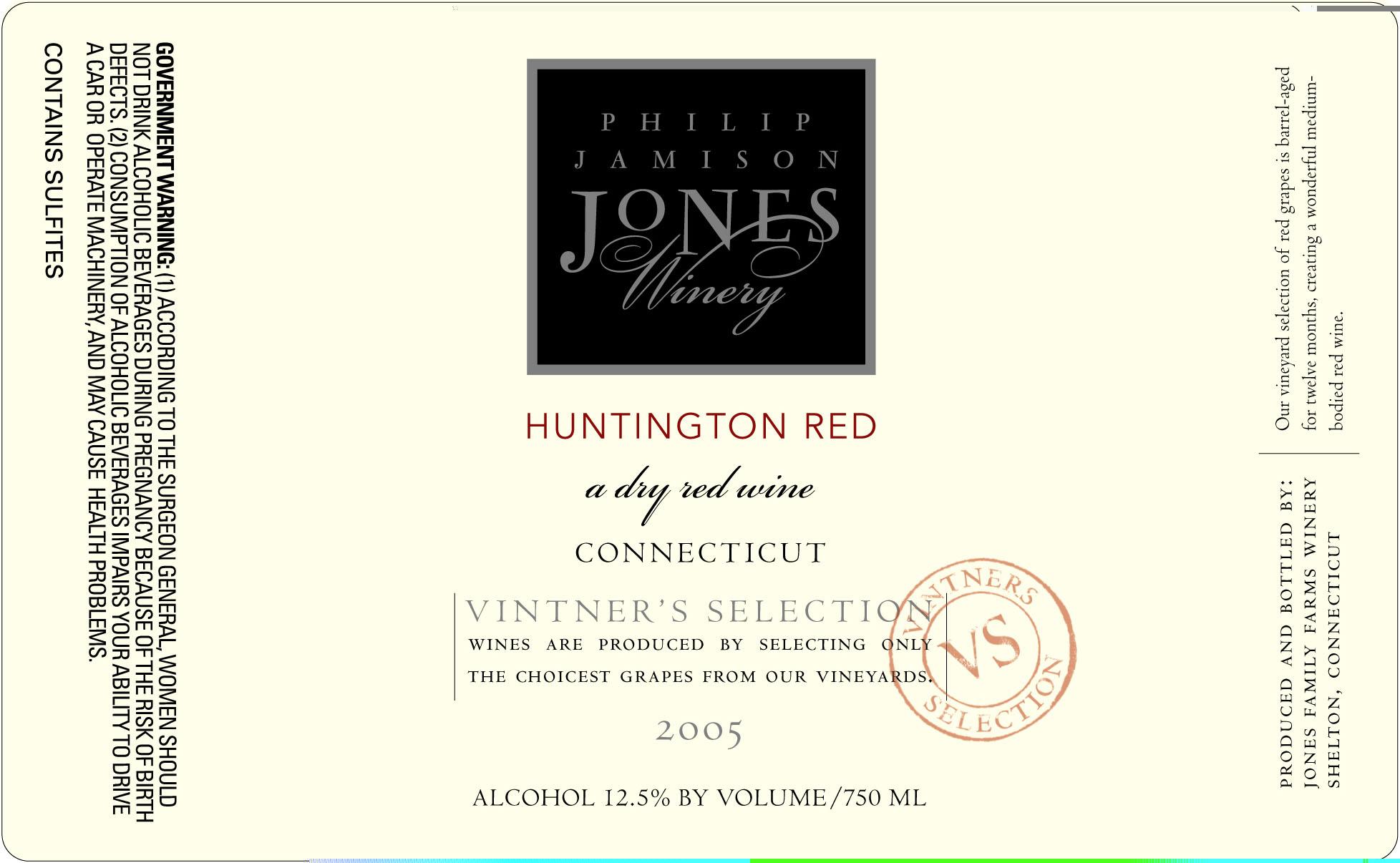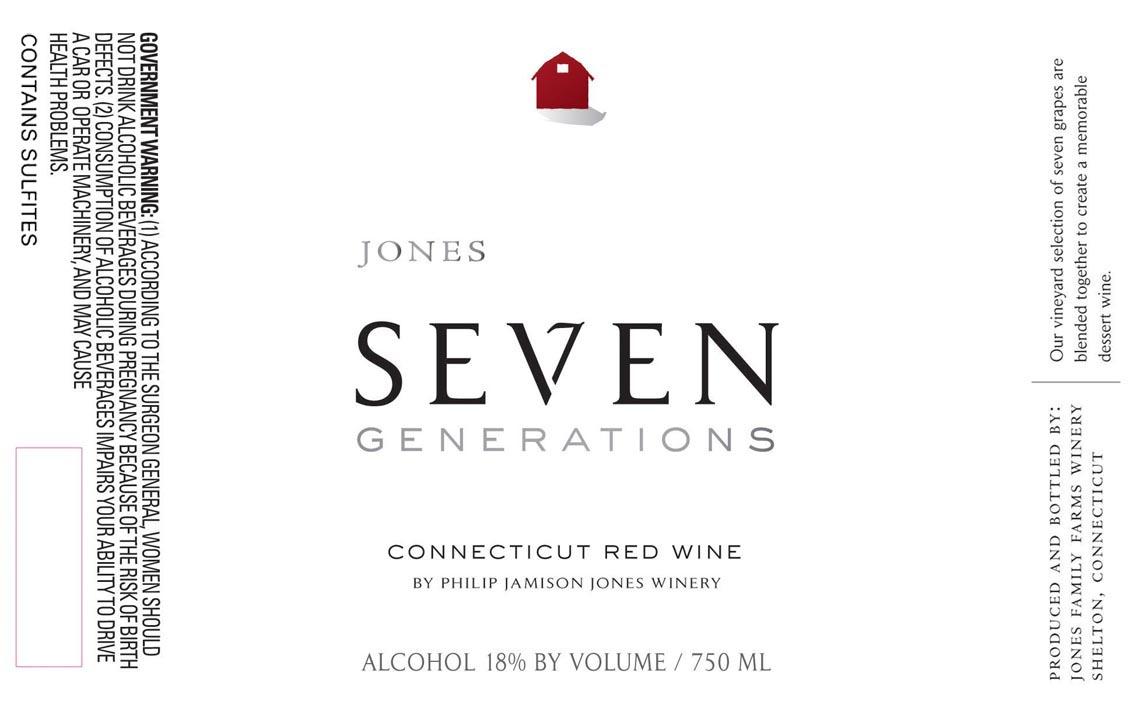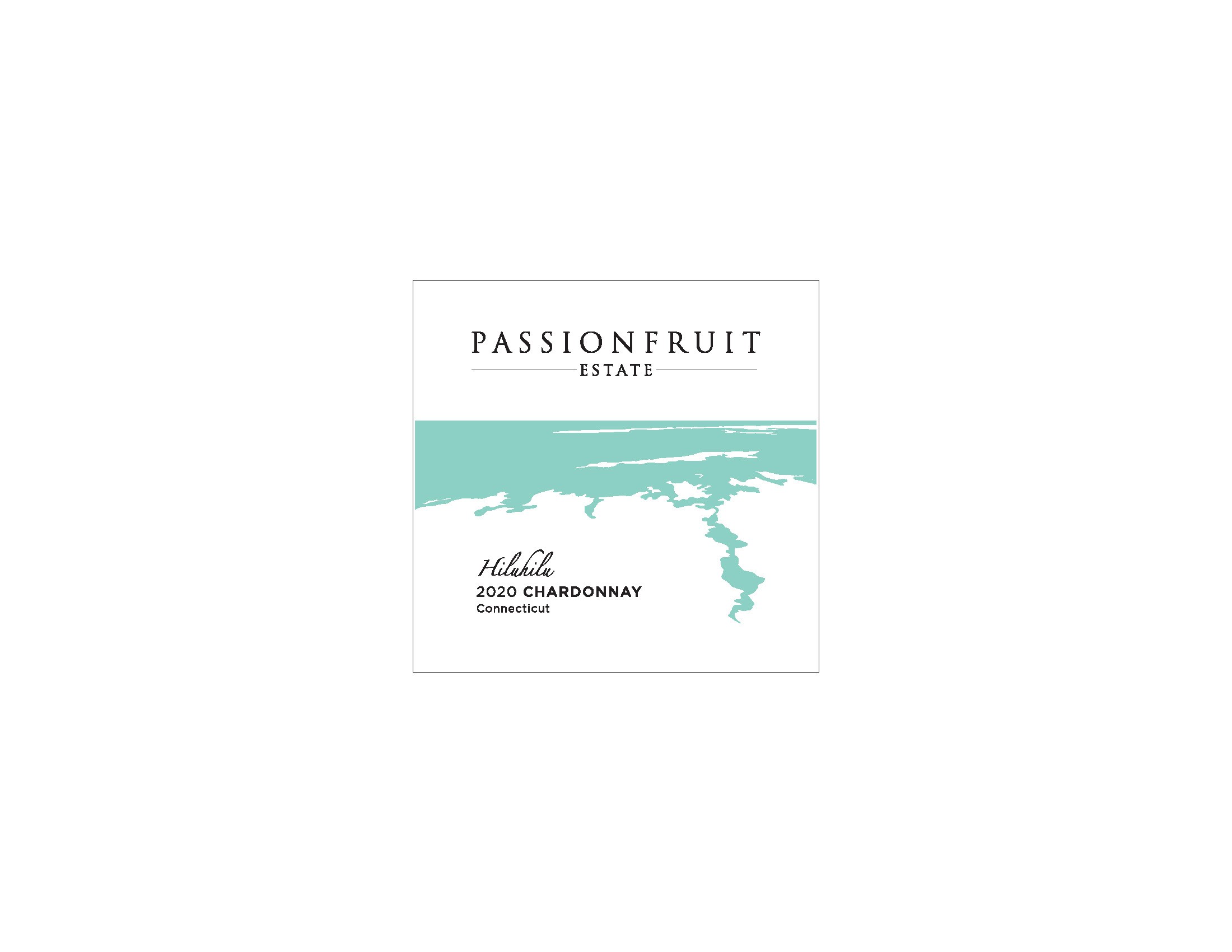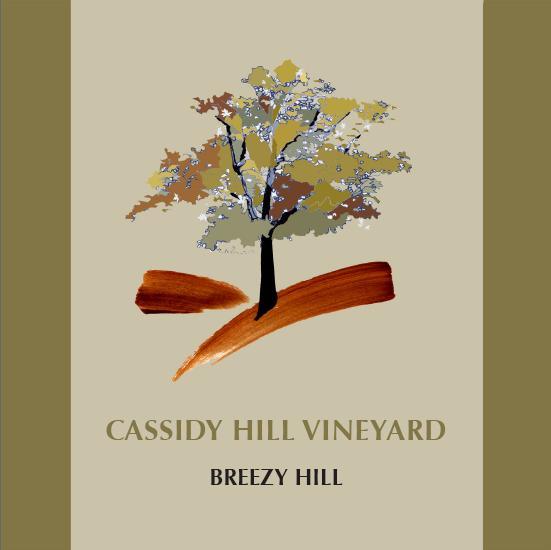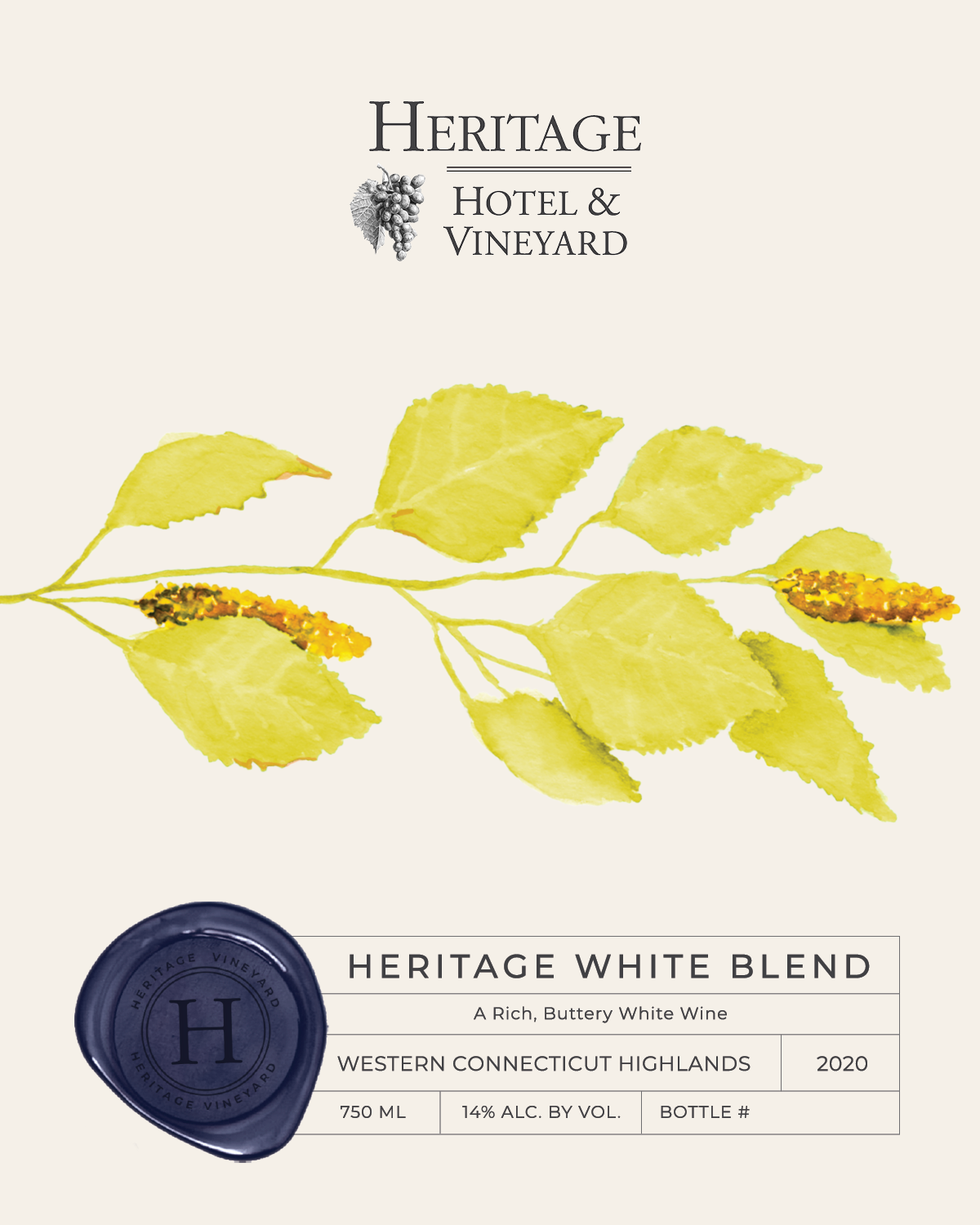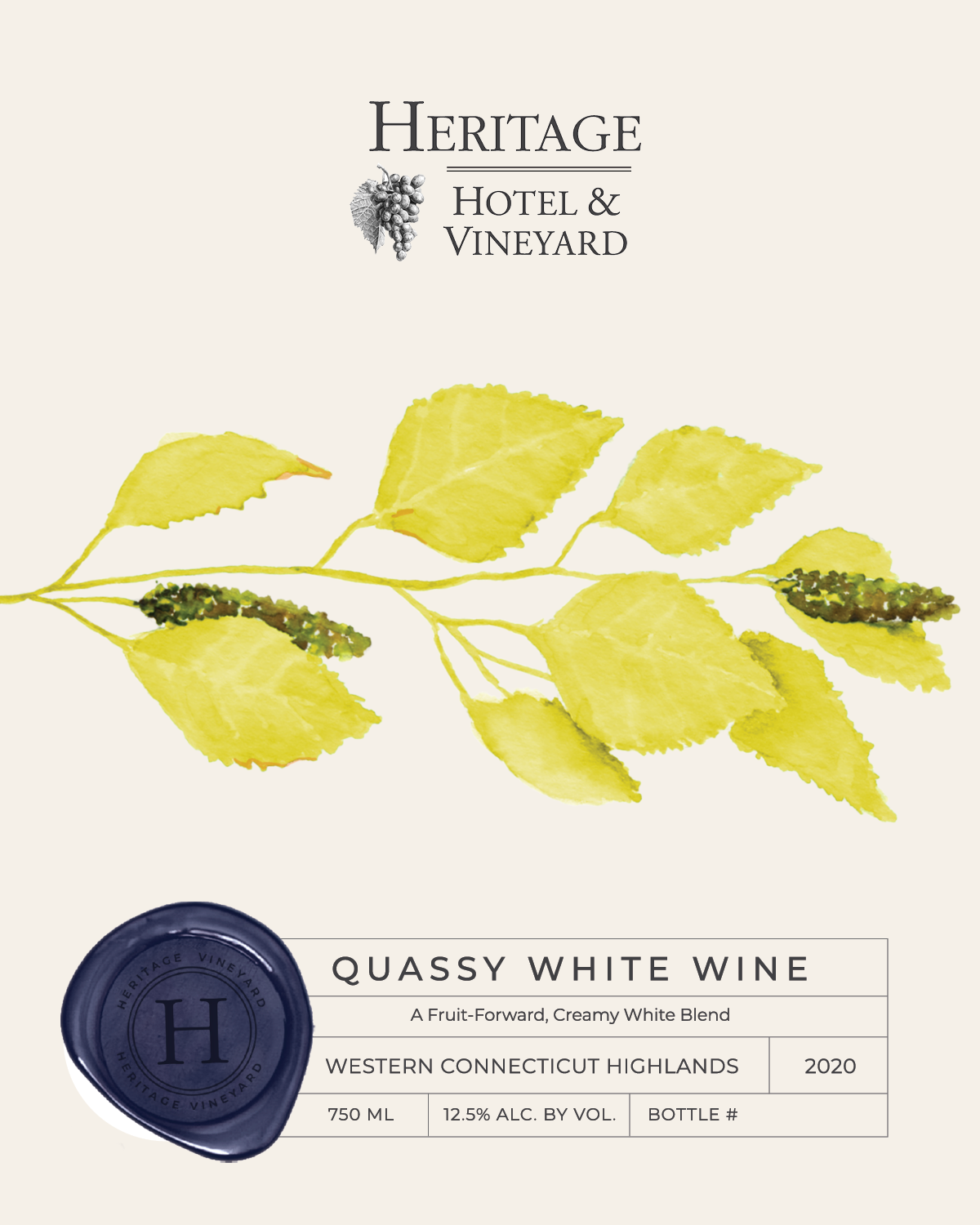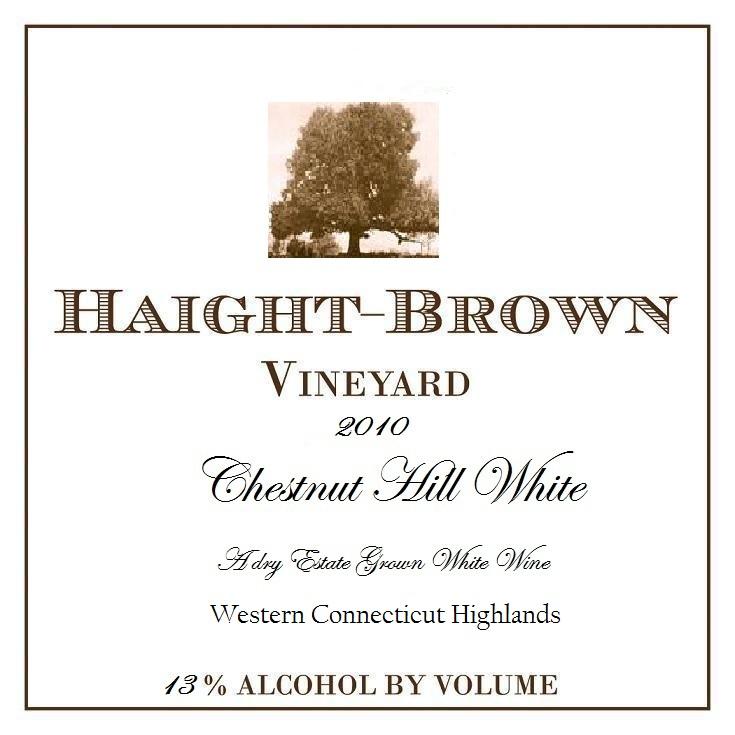Terroir of Connecticut
Connecticut's terroir is defined by its distinct coastal and inland areas, each offering unique grape-growing conditions. Coastal vineyards, part of the Southeastern New England AVA, benefit from the moderating influence of the Long Island Sound. This allows for a longer growing season suitable for delicate varieties like Merlot and Cabernet Franc.
Inland, the Western Connecticut Highlands AVA has a continental climate with cooler temperatures and a shorter growing season from mid-May to mid-September. This environment supports cold-hardy hybrids and cool-climate grapes such as Pinot Noir and Riesling, known for their high acidity and bright fruit flavors.
Connecticut's soils, formed during the last ice age, include glacial schist and gneiss, requiring careful management to balance acidity. Vineyards thrive on well-drained soils, like gravelly loam, which promote vine health and resilience, mirroring the finesse of renowned French wine regions.
Notable Wineries in Connecticut
Connecticut's wine scene is a blend of history, innovation, and family tradition, each winery contributing uniquely to the state's tapestry. Here are a few notable wineries:
-
Haight-Brown Vineyards: As the state's first licensed farm winery, it offers a deep dive into Connecticut's wine history.
-
Hopkins Vineyard: Once a dairy farm, now a vineyard by Lake Waramaug, known for its diverse offerings and picturesque views.
-
Sharpe Hill Vineyard: This decorated estate is famed for its award-winning "Ballet of Angels" blend.
-
Gouveia Vineyards: With panoramic views and a community vibe, it’s a must-visit for wine lovers.
-
Jonathan Edwards Winery: Known for its "bicoastal" approach, offering both Connecticut and Napa Valley wines.
Sustainable Winemaking in Connecticut
Connecticut's wine industry thrives on independent sustainability efforts, adapting to the state's unique climate without a unified certification. Wineries are pioneering eco-friendly practices, integrating renewable energy and science-driven vineyard care. The state supports these efforts with agricultural grants, encouraging projects like non-chemical weed control and energy-efficient designs.
Though organic practices face challenges due to humidity and fungal diseases, many adopt Integrated Pest Management (IPM), a balanced approach using cultural practices, sanitation, resistance, and judicious spraying to minimize chemical use. This commitment to sustainable viticulture enhances Connecticut's reputation, although a collective "Sustainable CT Wine" standard could bolster national competition.
Wine Tourism in Connecticut
Connecticut's wine tourism is a model of collaboration, blending public and private efforts to deliver enriching experiences.
Central to this are the Connecticut Wine Trail and the innovative Passport program.
The Wine Trail features 36 participating farm wineries, guiding visitors through scenic landscapes and historic towns.
The Passport program, running from May to December, encourages exploration with stamps and prizes, enhancing engagement without purchase obligations.
Wineries here are more than tasting spots—they are community hubs, hosting lively events throughout the year like harvest festivals.
The focus extends beyond wine; visitors can enjoy picnics, live music, and educational classes.
With diverse settings, from Tuscan-style villas to historic barns, Connecticut wineries offer a rich tapestry of experiences, echoing the state's commitment to agritourism and sustainable practices in a unique terroir.



